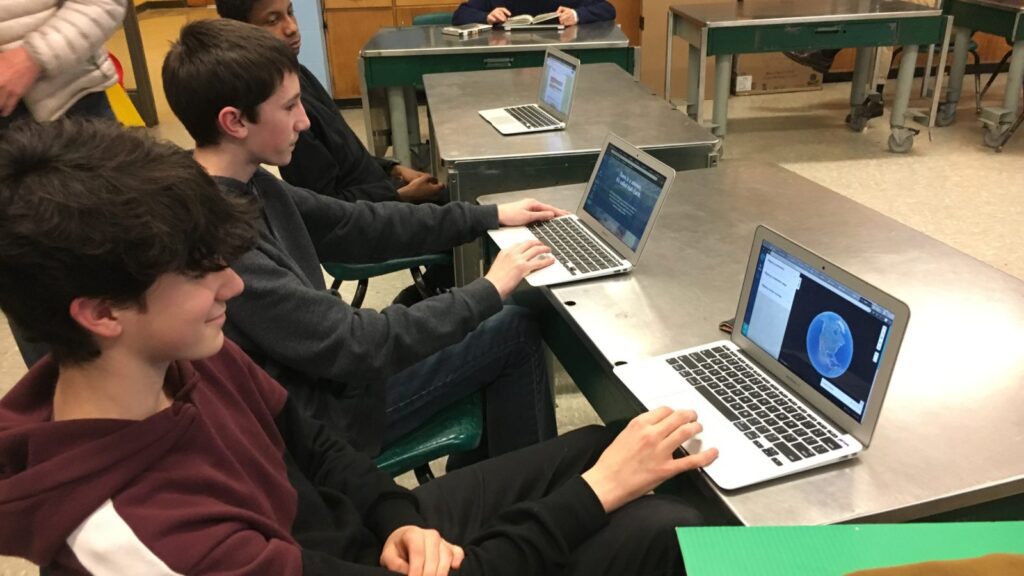

In Vermont, as in localities around the world, conservation efforts have important science and social components, and local action is essential. Vermonters have an abundance of natural beauty and biodiversity to be proud of, and the work they do to protect and maintain nature in their state provides an example worth exploring for others interested in doing the same.
Vermonters have an abundance of natural beauty and ecosystems to be proud of. The state is home to a wide diversity of species, occupying the shores and waters of Lake Champlain, the Green Mountain elevations, and the river watersheds that permeate the state. In Vermont, as in localities around the world, conservation efforts have important science and social components, and local action is essential.
Our Half-Earth Project VP of Education Dennis Liu, hosted by the Vermont Friends of the Half-Earth Project, spent a week talking with Vermonters about the Half-Earth Project, and leading Educator Ambassador workshops, classes and labs designed to bring Half-Earth to life.
“Vermonters were excited about the global reach of the Half-Earth Project, while caring passionately about biodiversity in their own beautiful state,” Liu said of his visit. “Wanting to conserve and steward the woods, streams, and fields of their own neighborhoods, while inspired by how their actions can connect the broader global scope of the Half-Earth Project.”
Transformative moments of discovery that guide our lives in a new direction are rare, and often happen when we are young and open to them. That’s why Half-Earth Project Educator Ambassadors are so important. Educators hold the power to inspire young minds and transform the future.
Sandra Fay, a middle school science teacher at Camel’s Hump Middle School in Richmond, Vermont, co-delivered a Half-Earth Project Educator Ambassadors biodiversity mapping workshop with Dennis. “I love the teamwork and animated discussion the activity fosters,” Sandra said of the mapping exercise presented at the workshop and used in the classroom. “It gives me the chance to combine important mapping skills with key concepts in conservation and biodiversity.”
The higher education response was much the same. “My principle host and collaborator at the University of Vermont is Professor Walter Poleman, who teaches a large freshman natural resources course,” Dennis said. “Together with eight TAs, Walter and I designed a Mapping Biodiversity Lab that we ran with students all week long.”
Dennis summed up his Vermont trip this way.
“My week in Vermont and the effort the Vermont Friends of the Half-Earth Project put into organizing it felt like the Half-Earth Project in a microcosm. Vermonters are going through a process of getting organized to take action. They are a case study of how to rally and organize people, facilitate specific activities, and make use of our science and fact-based approach. My interactions made it clear to me that people are responding to Half-Earth as both a specific, science-based project, as well as transcendent call to save our planet, and both elements are powerful.”
Supporting organizations for the week of events include: North Branch Nature Center, University of Vermont Field Naturalist Program, Northeast Wilderness Trust, Vermont Natural Resources Council, Friends of the Mad River, Audubon Vermont, Friends of the Winooski, The Nature Conservancy in Vermont, Vermont Land Trust

